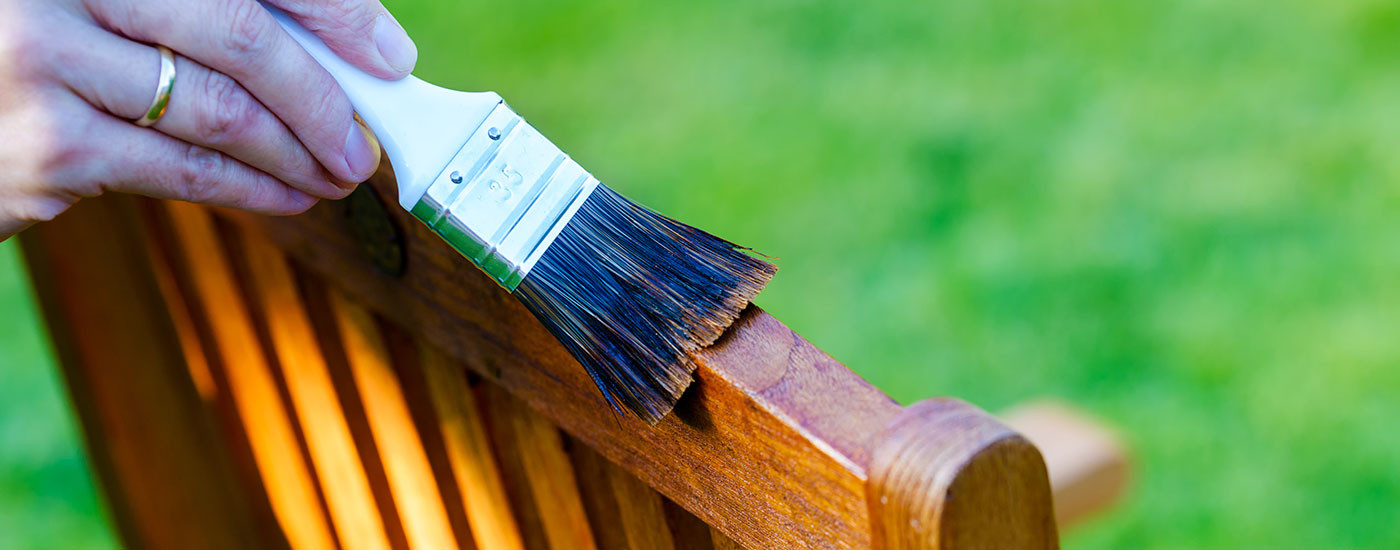Wooden garden furniture is available as pressure treated furniture, made from softwood, and as hardwood furniture. Each will weather and age differently and so restorative treatment depends on the type of wood.
How to restore softwood garden furniture
As softwood deteriorates much faster than hardwood, our range has been pressure treated for protection so, as we emerge from winter, it must be cleaned thoroughly. Remove any moss or mould that has accumulated with a stiff brush, before cleaning with a solution of washing up liquid in water. It is essential to allow the furniture to dry completely before moving to the next step.
How to protect and preserve softwood garden furniture
Softwood furniture deteriorates faster at any point that is in contact with the ground, such as the lower parts of table and chair legs. Stand legs in a preservative overnight where possible, to give it time to penetrate up into the wood, wiping off excess preservative the following day. Allow to dry, placing the furniture upside down. Protek’s Wood Stain and Protector is UV and weather resistant and a safe alternative to creosote. It can be used to preserve and colour furniture and is available in a selection of traditional and contemporary hues. A single coat is sufficient to colour and weather-proof while subsequent coats will further deepen the colour and extend the life of the piece.
How to restore hardwood garden furniture
Hardwoods have a high natural rubber and oil content which render them extremely resistant to weather conditions and rot, but over time your hardwood furniture may show signs of drying out and have faded in colour. While the natural silver-grey colour that hardwood takes on over time is beautiful in itself, some people prefer the original warmer wood tones. Start by washing the furniture thoroughly and allowing it to dry completely. Once dry, the hardwood furniture should be sanded down lightly to remove the surface layer and expose the healthy wood below. Wipe the dust away before wiping the surface with white spirit. You are now ready to rehydrate your furniture.
How to rehydrate hardwood furniture
Freshly sanded wooden garden furniture can be treated with a proprietary teak oil. For a natural and effective alternative simply take equal parts of mayonnaise, lemon juice and olive oil and mix well. Use a clean rag and apply the mixture to the furniture, rubbing it in well. Once the furniture has been treated, leave for half an hour before removing any excess with a clean cloth.
How to protect hardwood furniture
One of the benefits of hardwood garden furniture is that it requires minimal maintenance. Once your furniture is clean and rehydrated, it can be used straightaway without further treatment. A wood sealant can be applied if preferred but avoid painting hardwood furniture as its high oil content will prevent an even coverage being achieved.
Whether you are looking to create an al fresco dining area or a place to unwind after a long day in the office, our pressure treated furniture and our hardwood furniture ranges have a solution for every outdoor space. For any advice on the care and upkeep of timber garden furniture, contact us today.

